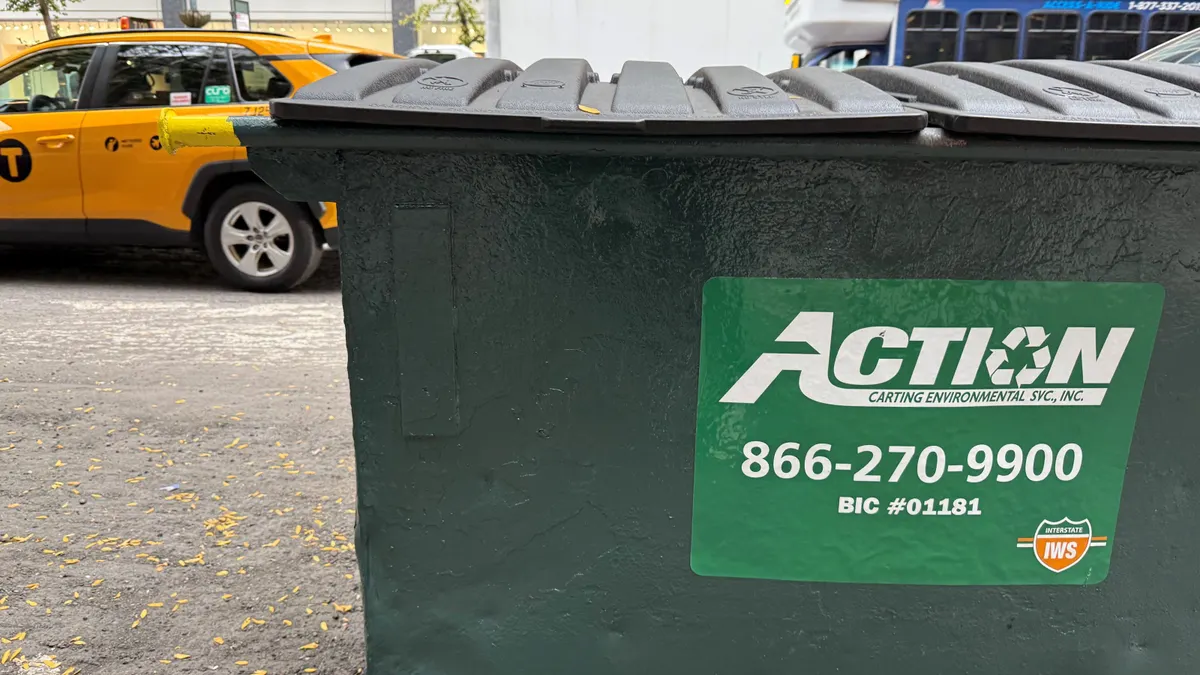Dive Brief:
- A report released by Missouri Attorney General Chris Koster concluded that the underground fire at the Bridgeton Landfill near St. Louis could reach the West Lake Landfill — which contains radioactive waste — in three to six months.
- Uranium, used to make the first nuclear weapons in the Manhattan Project during World War II, was processed in St. Louis. In 1973 a private company that bought some of the waste from the U.S. government illegally dumped it at West Lake, and residents have been waiting for decades for cleanup. The site was put under U.S. Environmental Protection Agency jurisdiction in 1990, but residents complain the agency can't get the job done. EPA promised a cleanup proposal by the end of 2016.
- The fire at Bridgeton has been burning since 2010. Koster sued landfill owner Republic Services in 2013, and Republic has spent more than $100 million to try to control the fire by capping the landfill, building a leachate treatment plant, and installing temperature monitors, cooling wells and gas extraction equipment. A trial is scheduled for March 2016.
Dive Insight:
Area lawmakers and the state Department of Natural Resources have been calling for action on the problem. However, Republic says the fire is not spreading.
Al Jazeera quoted an e-mail from EPA in May: "There is no credible scientific data indicating off-site human exposure to radiological contaminants from the West Lake Landfill." EPA also dismissed a 2014 test at a ballfield that found a radioactive form of lead that can come from decaying uranium particles.
Koster's report found that trees on neighboring properties contained radioactive materials, and that elevated levels of carcinogens at were found in groundwater that can be traced to the landfill's leachate.
There are 3 million people in the St. Louis metropolitan area, and they are growing desperate. "I don’t understand why we’re just sitting back, as a city and as a nation, just letting this happen," resident Dawn Chapman told Al Jazeera. Residents want the waste excavated and moved out, like the Army Corps of Engineers has done with other contaminated sites in the area.
"We’re out of time with this fire," Chapman said. "[Residents] feel like they’ve been absolutely abandoned."









